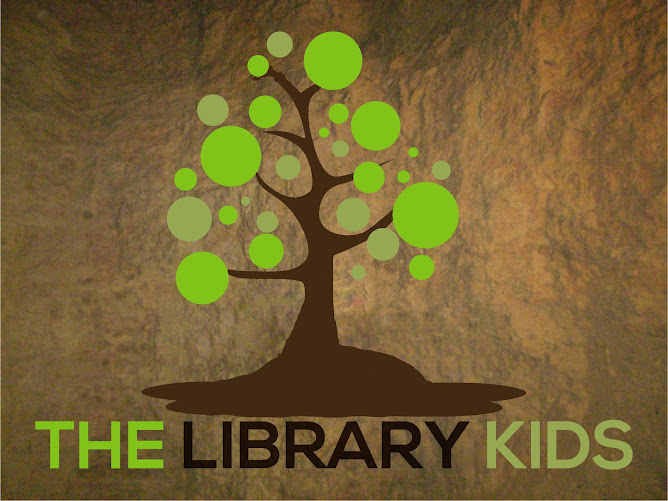The new world that rises after Ragnarök, as described in Völuspá (depiction by Emil Doepler) (public domain)
Ragnarok is the predicted scenario for the End of the Age. Did Ragnarok happen? In a sense it did as ages have come and gone. But is Ragnarok more symbolic and descriptive of the "human condition" and how populations go through phases of rises and falls and the Earth ages that have come and gone? This is something I am pondering. The deaths of Odin, Freyr, and Freyja are already described as peaceful and occurring in Sweden per the Heimskringla. But the idea of rising water is reminiscent of the great flood and the ongoing personality conflicts of the gods and goddesses are touched on in Ragnarok. The idea of destructions by fire and water that create new Earth ages are also part of Ragnarok. Lastly, the idea of reincarnation is also covered. Here is the description of the Nordic Ragnarok from Wikipedia:
In Norse mythology, Ragnarök is a series of future events, including a great battle foretold to ultimately result in the death of a number of major figures (including the gods Odin, Thor, Týr, Freyr, Heimdallr, and Loki), the occurrence of various natural disasters, and the subsequent submersion of the world in water. Afterward, the world will resurface anew and fertile, the surviving and returning gods will meet, and the world will be repopulated by two human survivors. Ragnarök is an important event in the Norse canon, and has been the subject of scholarly discourse and theory.
Chapter 53 begins with Gangleri asking if any of the gods will survive, and if there will be anything left of the earth or the sky. High responds that the earth will appear once more from the sea, beautiful and green, where self-sown crops grow. The field Iðavöllr exists where Asgard once was, and, there, untouched by Surtr's flames, Víðarr and Váli reside. Now possessing their father's hammer Mjolnir, Thor's sons Móði and Magni will meet them there, and, coming from Hel, Baldr, and Höðr also arrive. Together, they all sit and recount memories, later finding the gold game pieces the Æsir once owned. Völuspá stanza 51 is then quoted.
High reveals that two humans, Líf and Lífþrasir, will have also survived the destruction by hiding in the wood Hoddmímis holt. These two survivors consume the morning dew for sustenance, and from their descendants the world will be repopulated. Vafþrúðnismál stanza 45 is then quoted. The personified sun, Sól, will have a daughter at least as beautiful as she, and this daughter and this daughter will follow the same path as her mother. Vafþrúðnismál stanza 47 is quoted, and so ends the foretelling of Ragnarök in Gylfaginning.[37]
by Rita Jean Moran (www.thelibrarykids.com and www.hiddenhumanstory.com)
Links:
http://en.wikipedia.org/wiki/Ragnar%C3%B6k


No comments:
Post a Comment